Copyright ©2020 Deborah M. Zajac. ALL RIGHTS RESERVED
I have been struggling with the weight of the Nikkor 200-500mm plus my tripod for sometime-well since moving here actually. Birding here requires more walking or it seems that way to me, so I decided to go to a lighter system for birding and wildlife.
I switched from my long-loved system too. I bought a Fuji X-T3 and their 100-400mm lens. I’m gaining some on the wide end, but losing some distance which I hope I don’t feel too much since the Fuji is an APS-C cropped sensor camera.
A simplified definition of Full-Frame and cropped sensor cameras- A Full-frame sensor has the same size dimensions of a 35mm film format. That’s long been the standard in film size. A cropped sensor is a cropped or smaller sensor size than 35mm film format.
Where you see the difference in an image is on a Full-Frame camera the area of view is wider than a cropped sensor, and the cropped sensor camera’s area of view is cropped in for a tighter view. So, and 50mm lens on a full-frame camera’s area of view is 50mm, but on a cropped sensor camera with a 1.5x crop the area of view is about 75mm. Wildlife and birders love APS-C or crop sensor cameras because of that added reach from the multiplier gain. It’s from that gain I’m hoping I don’t miss the 500mm end of my heavy 200-500mm lens. Clear as mud? It makes my head spin sometimes!
On the weight side. I’ve shed half the weight of what I was carrying. Nikon kit w/tripod = 11.01 pounds. Fuji kit= 4.22 pounds! Now, instead of needing the tripod to make the shot and improve my keeper rate and that added 4 pounds of weight I can leave it behind and shoot hand-held with the new kit, and be a lot quicker. That’s the plan anyway. 😀
It’s a whole new system that is going to take a while to get comfortable with after 12 years of shooting Nikon, but I am not ditching Nikon completely. I’m keeping my Full-frame cameras and several lenses as they have a place in my bag and photography needs.
I’ll stop talking, and show you an image I made with the new camera and one with my Panasonic Lumix FZ200 from a few weeks ago. FYI- When #1 Grandson heard I bought a new camera he asked for my Lumix FZ200. How cool is that! 😍
Fuji X-T3 w/Fujinon XF 100-400mm

Panasonic Lumix FZ200 Mom and Dad American Bald Eagles.

Plus one more! iPhone 7 Plus- We’ve been painting birds for several weeks in my Watercolor class. Here’s the last one I finished. M. Graham watercolor on Canson 140 lb. watercolor paper.
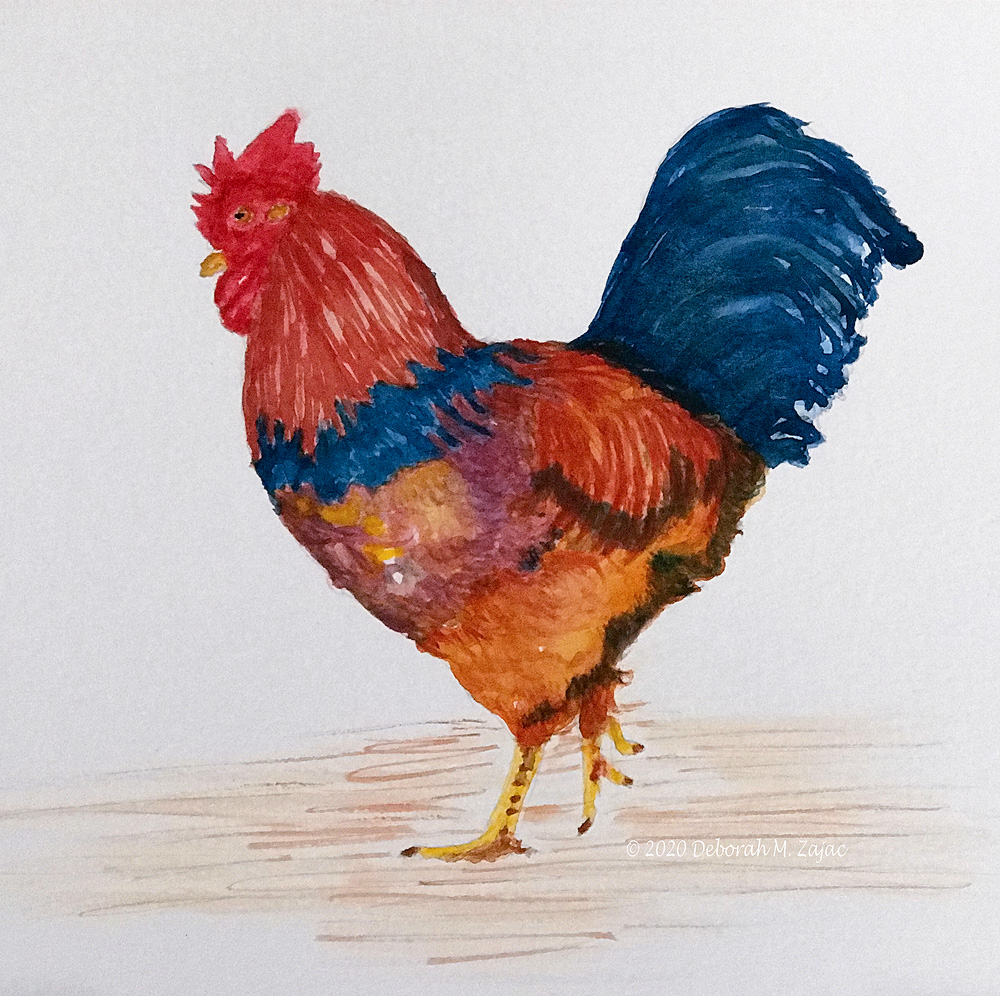
I hope you all have a wonderful week, and the load you carry this week isn’t a heavy one!
more to come…


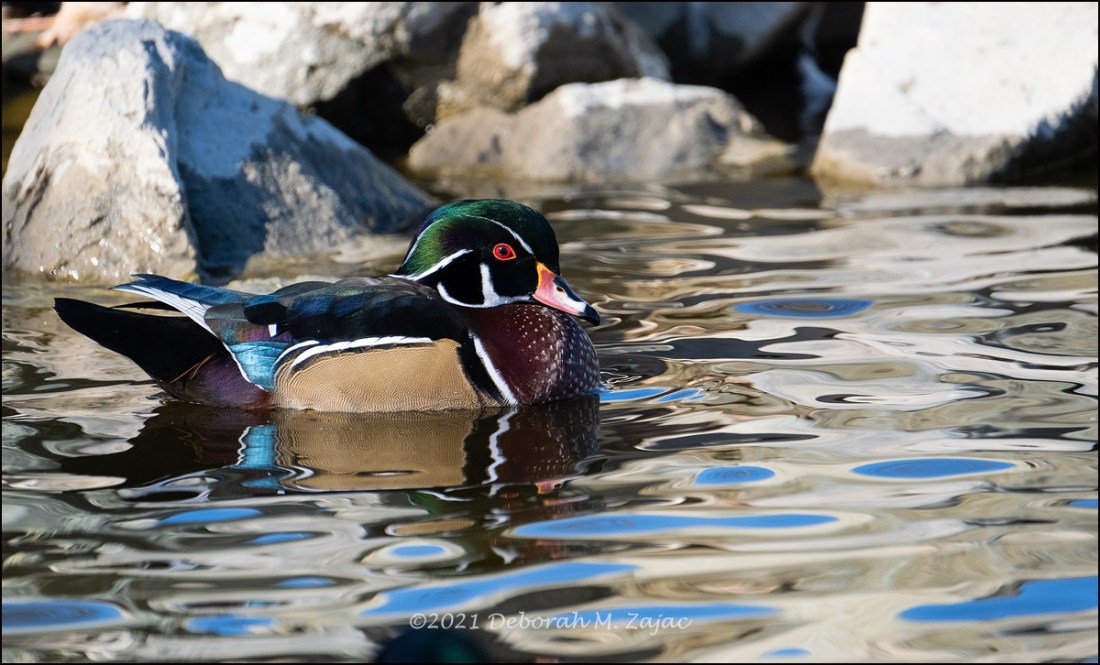





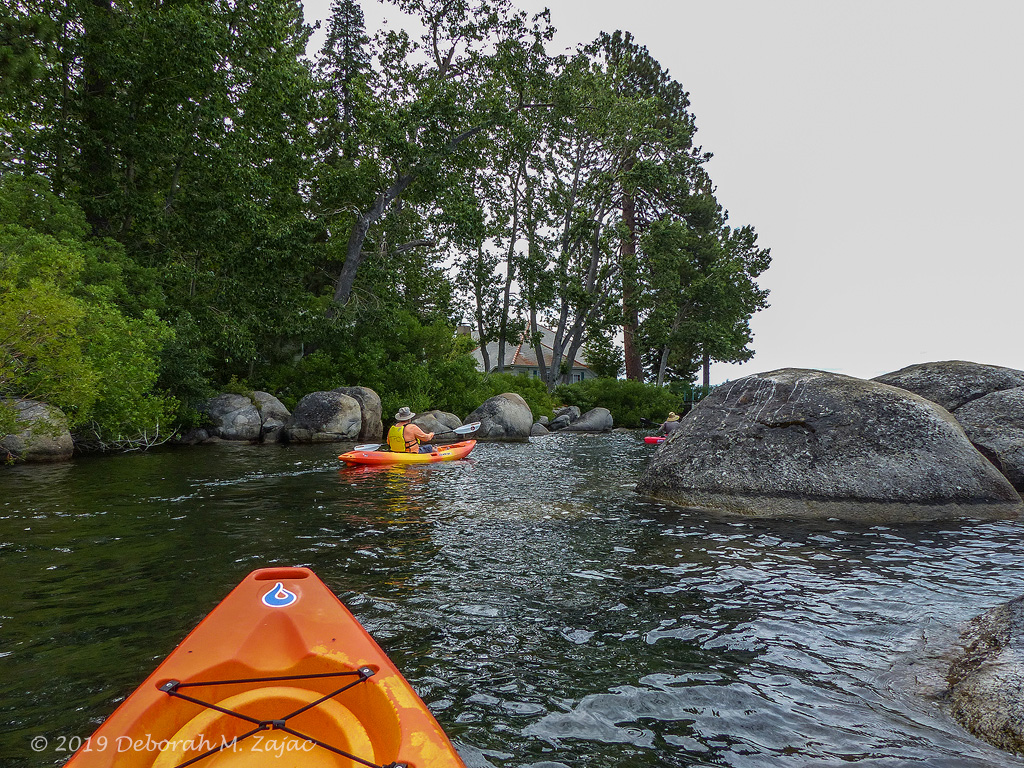
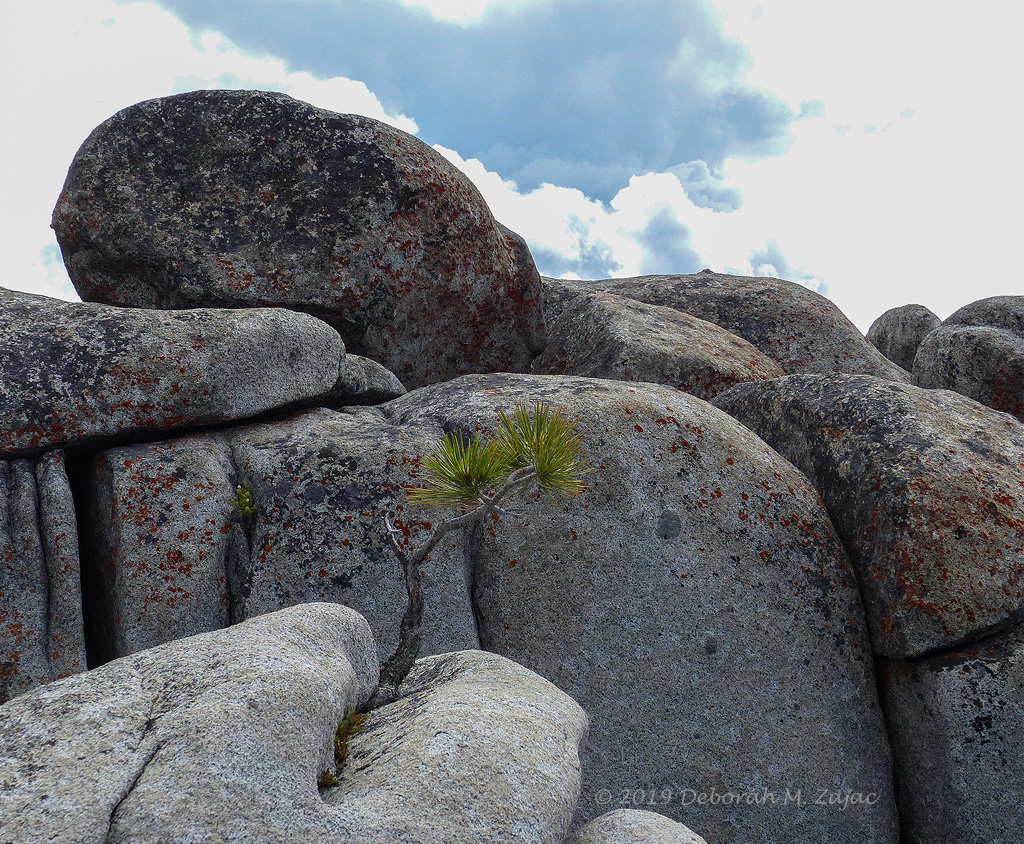



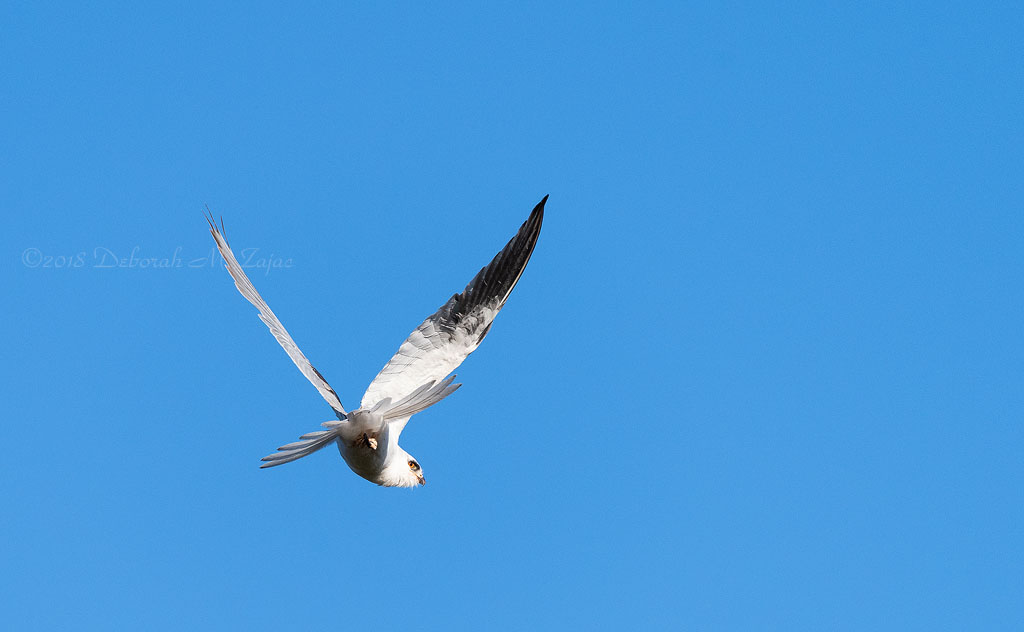
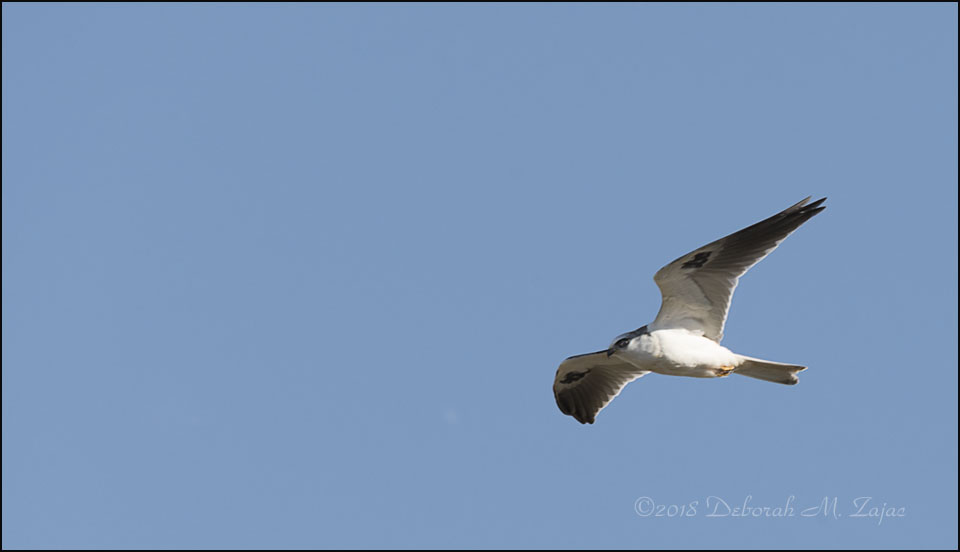

You must be logged in to post a comment.